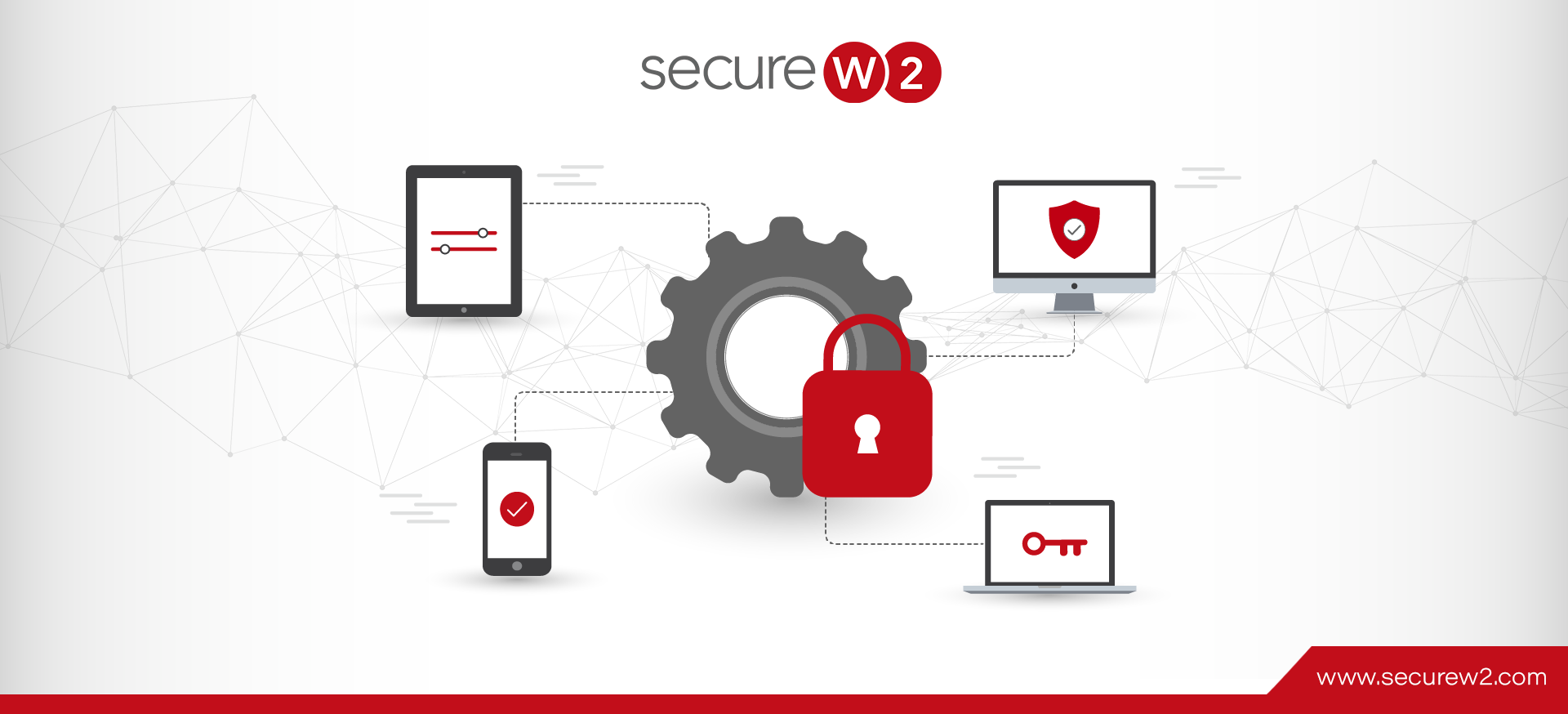A common trend for SMBs seen across many industries is opting into a MDM infrastructure to replace or supplement a BYOD policy.
For many organizations, a MDM system offers a sense of security because the devices’ sole use is focus is the organization and won’t be used outside the network for other purposes. Since the MDMs are on a protected network, organizations often assume that a credential-based security system is sufficient, but the reality is credentials have shown to be highly susceptible to theft through Man-In-The-Middle attacks and weak password usage. In response, certificate-based network security has emerged as the gold standard for preventing theft before it happens.
Roll Out Certificate Security
Configuring devices for certificate security is known for its lengthy and challenging setup process. Even for IT professionals, the process requires high level knowledge and can require hours to complete, in some cases even days. To deploy certificates efficiently and accurately, many utilize an onboarding solution that streamlines the configuration process.
Depending on the level of network customization that’s desired, the configuration process can be reduced to 2 hours to 15 minutes. The setup process is quick, and the customization features allow an organization to tailor the network to specific specifications.
Group policies are an effective method of dividing your network into groups based on the network access they need. This can be used effectively by those that rely on MDM but find them expensive to continually expand. If an organization wanted to supplement with BYOD but are worried about what they will be able to access, simply create policies that limit BYOD network access to certain features.
Common Ways to Distribute Certificate for SMBs
After configuring the network, you can start distributing certificates using a few methods. The most common method is to utilize an onboarding client.
A properly designed onboarding client will allow users to self-configure their devices and be onboarded with a certificate in minutes. This is a great system for BYOD users with one or two devices, but can be inefficient for IT personnel that would have to configure dozens of MDM devices.
A method many have found success with is utilizing a SCEP Gateway to auto-enroll devices. Once configured, certificates are distributed to MDM devices and the devices will be connected to the network with no human interaction. It is an extremely efficient method for organizations that want to complete the network setup very fast.
A valuable feature of deploying certificate security with SecureW2 is that we integrate with all major MDM vendors in the industry. All an organization’s MDM devices can be outfitted with certificates efficiently utilizing methods discussed above.
But SecureW2’s integration doesn’t just stop there, as our software can be integrated with PKI and RADIUS infrastructures from all major vendors. The certificate-based network requires no forklift upgrades to integrate, allowing for a quick and efficient transition to a new, secure network. If an organization doesn’t already have a PKI and/or RADIUS, they can access SecureW2’s cloud RADIUS and PKI for efficient onboarding and authentication.
Hacking attacks have become more sophisticated and plotted, and SMBs looking to upgrade their security to protect themselves against these threats turn to MDM solutions. SecureW2 offers affordable options for organizations of all shapes and sizes. Click here to inquire about pricing.



